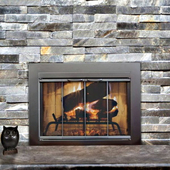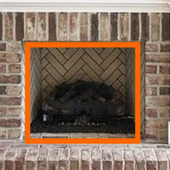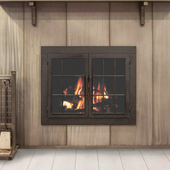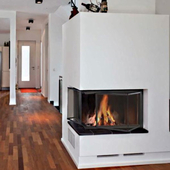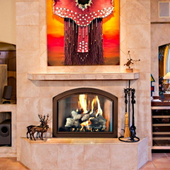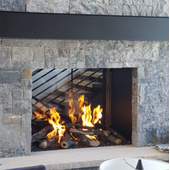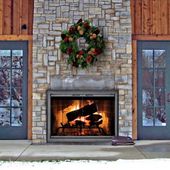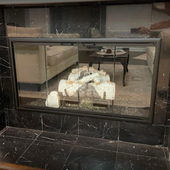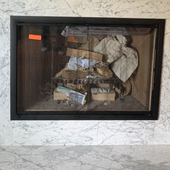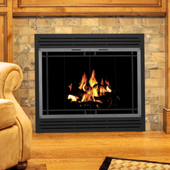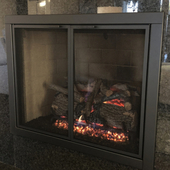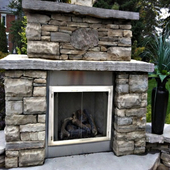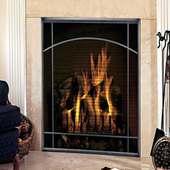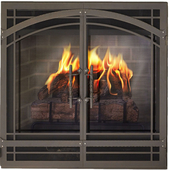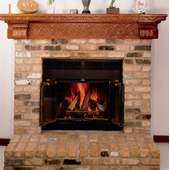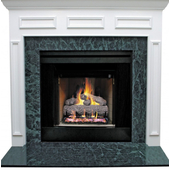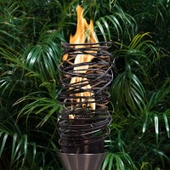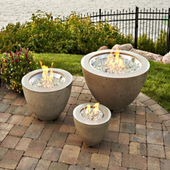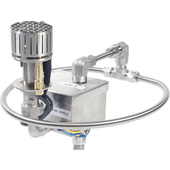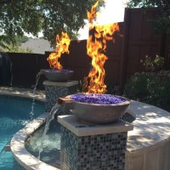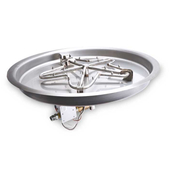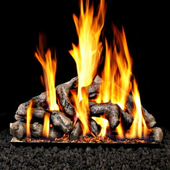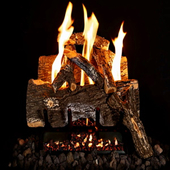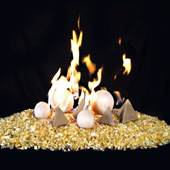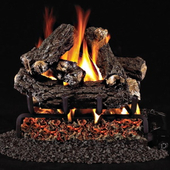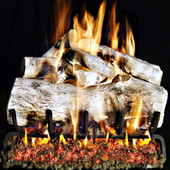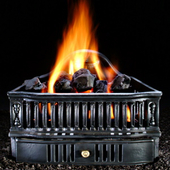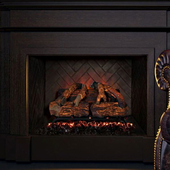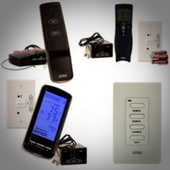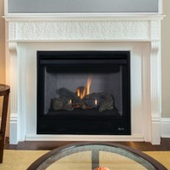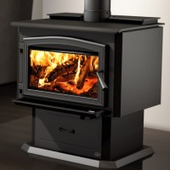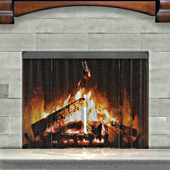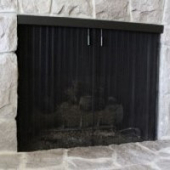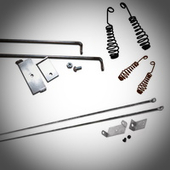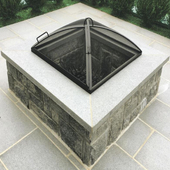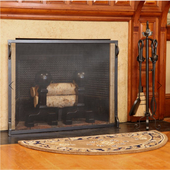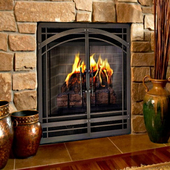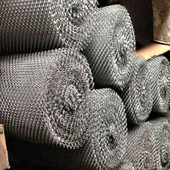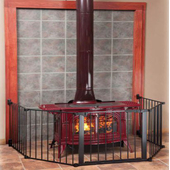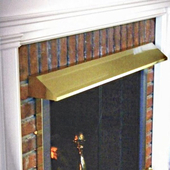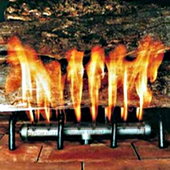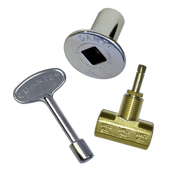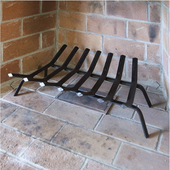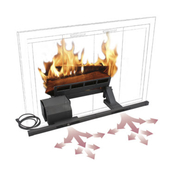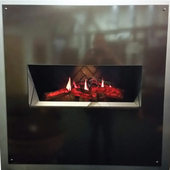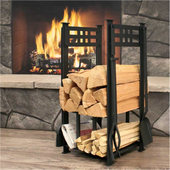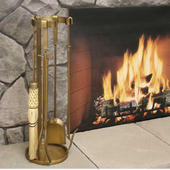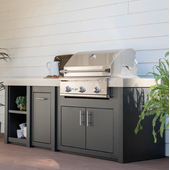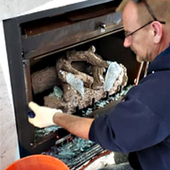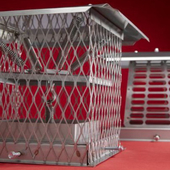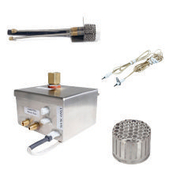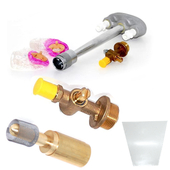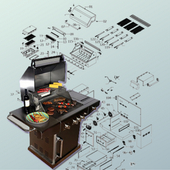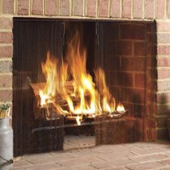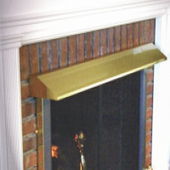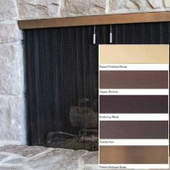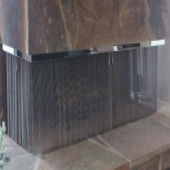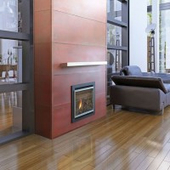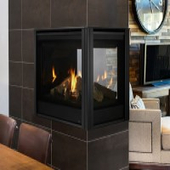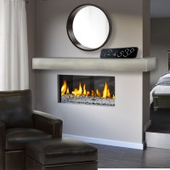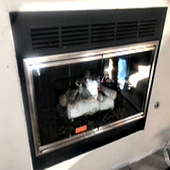Exploring Gas Log Set Ignition Systems:
Delving into the world of gas log sets opens up a realm of convenience and aesthetic appeal for those looking to enjoy the ambiance of a fire without the demands of a traditional wood-burning fireplace. A pivotal element in the functionality and performance of gas log sets is the ignition system, which is responsible for initiating and controlling the flames. This comprehensive exploration will cover the intricacies of various ignition systems, including the standing pilot, intermittent pilot ignition (IPI), millivolt, and electronic ignition systems. We'll delve into their respective advantages and drawbacks, installation nuances, and practical considerations, aiming to equip you with a deep understanding and actionable knowledge.
The Standing Pilot Ignition System
Advantages
- Unwavering Reliability: The standing pilot system, characterized by its continuously lit pilot flame, boasts exceptional reliability. This constant flame ensures that the gas logs ignite swiftly and reliably each time the fireplace is activated, providing immediate warmth and ambiance.
- Independence from Electrical Power: A significant benefit of the standing pilot system is its autonomy from electrical power sources. This feature is particularly valuable during power outages, ensuring your gas log set remains a reliable source of warmth and light.
Drawbacks
- Continuous Energy Consumption: The standing pilot's always-on flame necessitates a continual gas supply, even when the fireplace is not in use. This can incrementally increase gas bills over time due to the constant, albeit small, energy consumption.
- Reduced Energy Efficiency: The perpetual pilot flame contributes to a baseline level of heat loss, diminishing the system's overall energy efficiency, especially when the fireplace is not actively being used.
Intermittent Pilot Ignition (IPI)
- The IPI system offers a solution to the standing pilot's energy concerns by igniting the pilot only when needed. This electronic ignition system enhances energy efficiency and often includes remote control capabilities, merging convenience with conservation.
Millivolt Ignition System
- Blending the reliability of a standing pilot with the convenience of electronic control, the millivolt system generates a small electric current from the pilot flame. This current is sufficient to operate the gas valve, allowing for easy control via switches or remote devices, without the need for a mains power connection.
Electronic Ignition System
- Electronic ignition systems represent the pinnacle of efficiency by eliminating the standing pilot altogether. These systems use electricity to ignite the gas directly, offering precise control through various means like wall switches, remotes, or thermostats, and are lauded for their high energy efficiency and reduced gas consumption.
Installation Considerations and Best Practices
When integrating a gas log set into your home, several critical considerations come into play to ensure optimal performance, safety, and compliance:
Adherence to Manufacturer Guidelines: It is imperative to follow the installation and safety instructions provided by the gas log set manufacturer to the letter. This ensures the system operates safely and effectively.
Ensuring Adequate Ventilation: Proper ventilation is paramount for gas log sets, particularly for vent-free models. Adequate ventilation prevents the accumulation of harmful byproducts like carbon monoxide, ensuring a safe indoor environment.
Seeking Professional Installation: The complexity and safety implications of installing gas appliances necessitate professional installation. Certified technicians can ensure that your gas log set is installed in accordance with local building codes and safety standards, providing peace of mind and optimal functionality.
Expanding Your Knowledge
To deepen your understanding of gas log sets and their ignition systems, consider exploring the following additional topics:
Maintenance and Care: Regular maintenance is crucial for the longevity and efficiency of your gas log set. Learn about routine upkeep practices, troubleshooting common issues, and when to seek professional servicing.
Design and Aesthetic Choices: Gas log sets come in a variety of styles and designs. Delve into the factors that influence aesthetic choices, such as log shapes, arrangements, and flame patterns, to tailor your fireplace to your personal taste and decor.
Safety Protocols: Familiarize yourself with essential safety measures, including the proper use of gas detectors, understanding ventilation requirements, and the importance of regular inspections.
Environmental Impact: Consider the environmental implications of your choice of gas log set and ignition system. Investigate the emissions associated with different systems and how they align with eco-friendly practices.
Gas log sets, with their diverse ignition systems, offer a blend of aesthetic appeal, convenience, and efficiency, transforming the traditional fireplace experience. By understanding the nuances of standing pilot, IPI, millivolt, and electronic ignition systems, along with adhering to best installation practices, you can make an informed decision that enhances the comfort, safety, and ambiance of your home. Whether you prioritize reliability, energy efficiency, or ease of use, there's a gas log set ignition system tailored to meet your needs and lifestyle.
Frequently Asked Questions
1. Are gas log sets safe for indoor use?
Yes, gas log sets are safe when installed correctly and used according to the manufacturer's instructions. Proper ventilation, regular maintenance, and carbon monoxide detectors are recommended for indoor use.
2. Can I convert my wood-burning fireplace to a gas log set?
In many cases, yes. Consult a professional to assess the feasibility of the conversion and to perform the installation according to safety standards.
3. Which ignition system is the most energy-efficient?
Electronic ignition systems are generally the most energy-efficient, as they only use electricity when the fireplace is in use.
4. Can I install a gas log set myself?
It's recommended to have a professional install a gas log set to ensure safety and compliance with local codes.
5. Are remote controls available for all ignition systems?
Most ignition systems, including standing pilot and electronic ignition, can be equipped with remote controls for convenience.
Choosing the right ignition system for your gas log set depends on your preferences, energy efficiency goals, and convenience needs. While the standing pilot system offers reliability, alternative systems like IPI, millivolt, and electronic ignition provide greater energy efficiency and control. Regardless of the system chosen, professional installation and adherence to safety guidelines are paramount to enjoying the warmth and charm of a gas log fireplace safely and efficiently.


